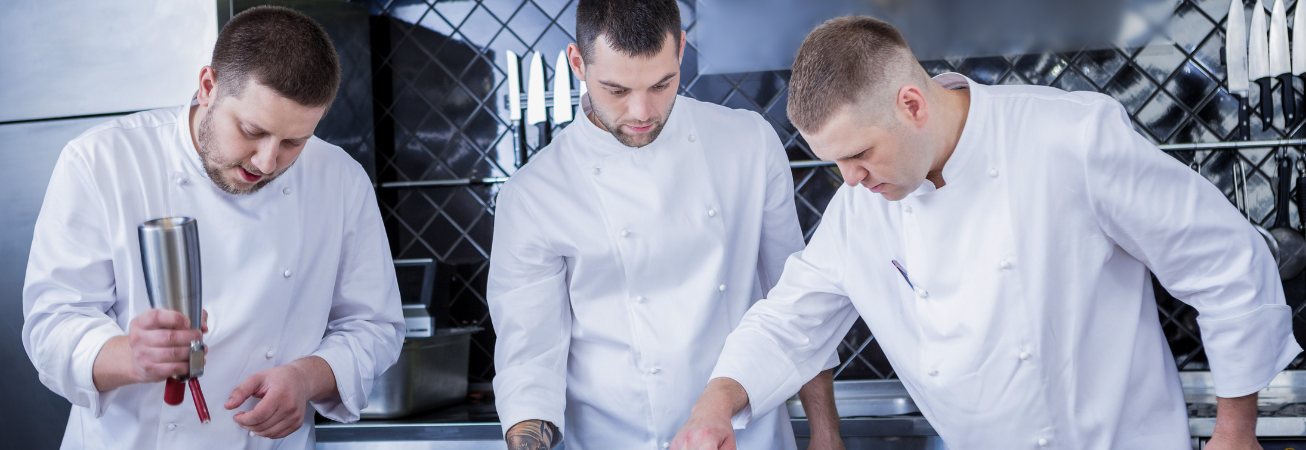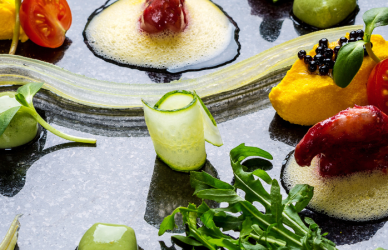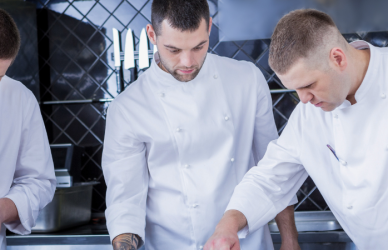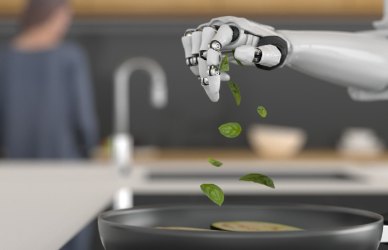Introduction
Scroll through TikTok or Instagram in Germany and you’ll notice a flavorful revolution happening on your screen. From fluffy Japanese pancakes to rainbow-dusted pretzels and viral Spätzle recipes, social media is no longer just a place to share food photos—it’s a driving force behind culinary trends, restaurant marketing, and consumer behavior.
In a country with deep culinary traditions, Germany’s younger generation is reinventing the food scene—not just in kitchens, but on screens. Let’s explore how social media is changing what Germans eat, where they dine, and how restaurants are adapting to this digital hunger.
Viral Food Trends Taking Over Germany
Platforms like TikTok, Instagram, and YouTube Shorts have given birth to food sensations that spread like wildfire. German influencers, local chefs, and foodies are creating highly shareable, visual content that transforms humble dishes into trendsetters.
Popular Viral Dishes in Germany
- Pancake cereal and mini Kaiserschmarrn – a sweet twist on traditional Austrian-German cuisine.
- Loaded pretzel sandwiches – featuring pulled pork, vegan cheese, or avocado.
- Turkish-German fusion döner boxes – with fries, spicy sauces, and bright presentation.
- Butter boards – a European version of charcuterie that’s become a TikTok hit.
These dishes are not always new—but the way they’re presented online makes them irresistible.
The Rise of Food Influencers in Germany
From Berlin to Munich, food influencers are becoming culinary authorities. Instagrammers like @berlinfoodguide, @foodist.de, and TikTokers like @chefkoch or @plantbasedbenni reach tens of thousands with their short videos, reviews, and restaurant tips.
These creators often:
- Showcase street food finds or brunch spots.
- Post satisfying recipe videos with easy-to-follow steps.
- Rate restaurants and cafés, often impacting bookings overnight.
In fact, a single video review can result in sold-out menus for weeks—making influencer partnerships a valuable strategy for local restaurants.
How Restaurants Are Adapting to the Social Media Wave
In response to these trends, German restaurants are embracing visual marketing and changing how they serve and promote their dishes.
Here’s how they’re adapting:
- Designing “Instagrammable” interiors (neon signs, flower walls, unique plating).
- Creating limited-edition menus or TikTok-inspired meals.
- Encouraging user-generated content through hashtags, challenges, or loyalty perks.
- Offering QR code menus, online booking, and delivery options through apps like Wolt or Lieferando to keep up with digitally native audiences.
Even small bakeries are going viral by offering one outrageous dessert—like a croissant stuffed with cheesecake and Nutella.
Social Media and Food Culture: A Double-Edged Fork?
While social media brings exposure, it also raises questions about authenticity, sustainability, and food waste. Some critics argue that viral food trends often prioritize looks over taste or nutrition. However, there’s also a positive shift toward:
- Plant-based content (Germany is a leader in vegan innovation)
- Zero-waste cooking videos
- Local and seasonal recipe inspiration
Creators with a focus on sustainable and ethical eating are gaining loyal followings, proving that not all trends are superficial.
Conclusion
Social media has become a digital kitchen where trends are born, meals are judged, and restaurant reputations are built—or broken. In Germany, the influence of platforms like TikTok and Instagram is undeniable. From street food trucks gaining fame overnight to Michelin-starred chefs sharing cooking hacks, the digital world is setting the table for Germany’s next food revolution.
For restaurants, influencers, and food brands, staying relevant means more than cooking great meals—it means knowing how to plate it for the camera.





